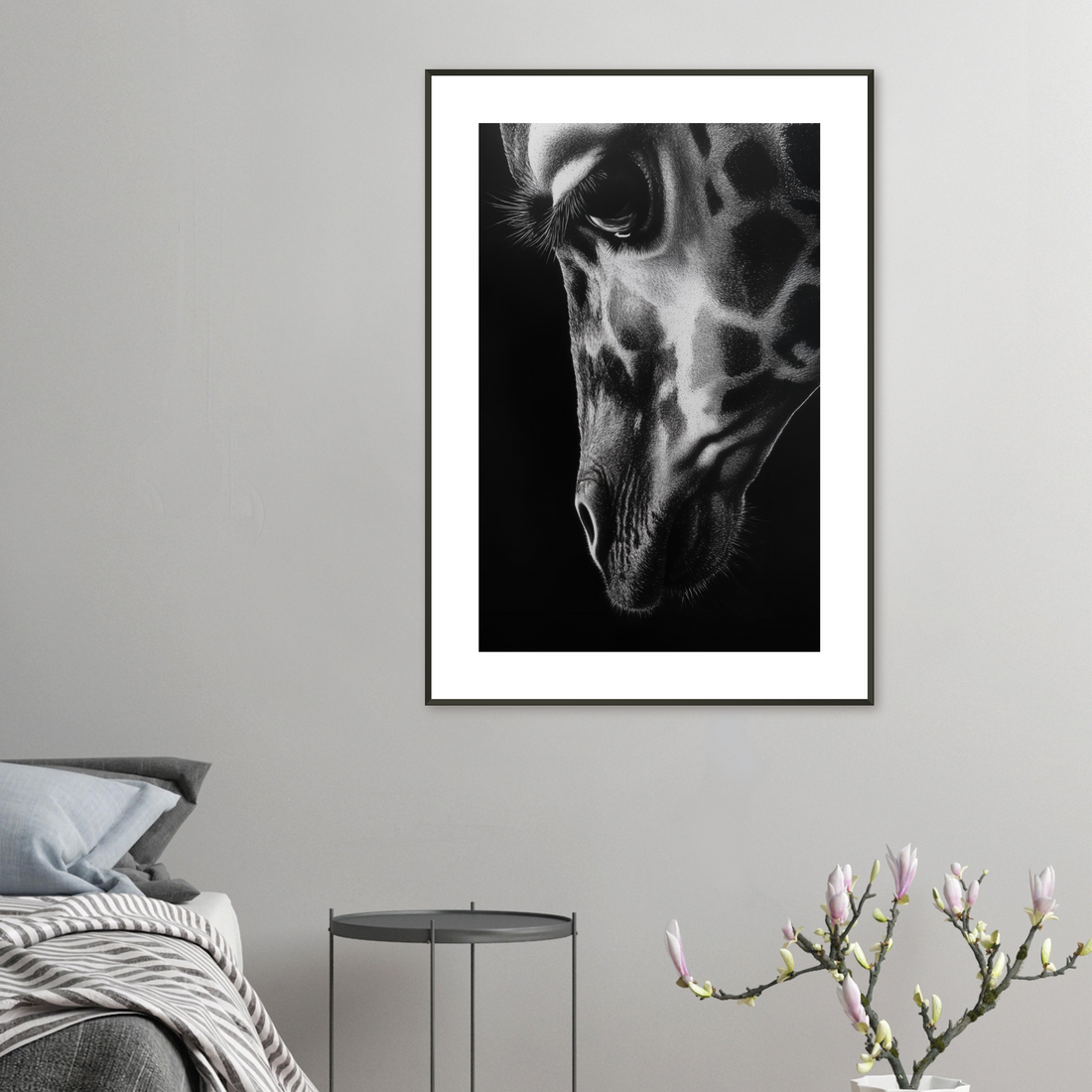
How Artwork Can Define a Space
Share
Artwork has the power to transform a space from ordinary to extraordinary. Whether it’s a bold statement piece in a living room, a serene landscape in a bedroom, or an abstract print in an office, the right artwork sets the tone, enhances aesthetics, and creates an emotional connection with its environment. Here’s how artwork defines a space and why it should be an essential element in your interior design.
1. Establishing Mood and Atmosphere
The colors, subject matter, and style of artwork influence the mood of a space. Vibrant, energetic pieces with bold hues can add excitement and dynamism to a room, while soft, muted tones can create a sense of calm and relaxation. A well-chosen painting or print can instantly shift the energy of a room, making it feel more inviting, sophisticated, or playful.
2. Creating a Focal Point
A striking piece of art naturally draws the eye and becomes the centerpiece of a space. This is especially useful in rooms that lack architectural features or unique design elements. A large-scale canvas above a fireplace, a gallery wall behind a sofa, or a sculptural piece in an entryway can anchor a room and provide visual interest, guiding the overall design direction.
3. Expressing Personality and Style
Artwork is a reflection of personal taste and identity. Whether you favor contemporary minimalism, vintage charm, or eclectic bohemian vibes, your art choices showcase your unique style. A thoughtfully curated collection of pieces tells a story about who you are and what inspires you, making your space feel truly personal and lived-in.
4. Enhancing Spatial Perception
Art can influence how we perceive the size and proportions of a room. Oversized pieces can make a space feel grander, while vertical artworks can draw the eye upward, making ceilings appear higher. Mirrors framed as art can add depth and light to smaller rooms, creating an illusion of expanded space. Thoughtful placement of artwork can make rooms feel more balanced and proportionate.
5. Complementing Color Schemes and Décor
Artwork can tie together the different elements in a room by reinforcing the existing color palette and design theme. A piece with complementary tones can harmonize with furniture, textiles, and accessories, creating a cohesive look. Alternatively, a contrasting artwork can introduce an unexpected pop of color, adding vibrancy and depth to an otherwise neutral space.
6. Encouraging Conversation and Inspiration
A well-chosen piece of art can be a great conversation starter. Whether it’s a thought-provoking abstract, a historical print, or a piece from a local artist, artwork invites guests to engage and reflect. In workspaces, art can foster creativity, motivation, and inspiration, helping to cultivate a productive and stimulating environment.
7. Bringing Emotional and Cultural Significance
Art has the ability to evoke emotions and carry cultural or sentimental value. Family heirlooms, travel souvenirs, or handcrafted pieces from artisans can add depth and meaning to a space. Incorporating artwork with a personal or cultural connection makes a home feel more soulful and enriched.
Final Thoughts
Artwork is more than just decoration—it’s an integral part of shaping the identity and ambiance of a space. By thoughtfully selecting and placing pieces that resonate with your personality and design vision, you can create an environment that is not only visually stunning but also emotionally and aesthetically fulfilling. Whether you’re curating a gallery wall, investing in a statement piece, or simply exploring different artistic styles, let your artwork tell a story and define your space in a way that feels authentic to you.
